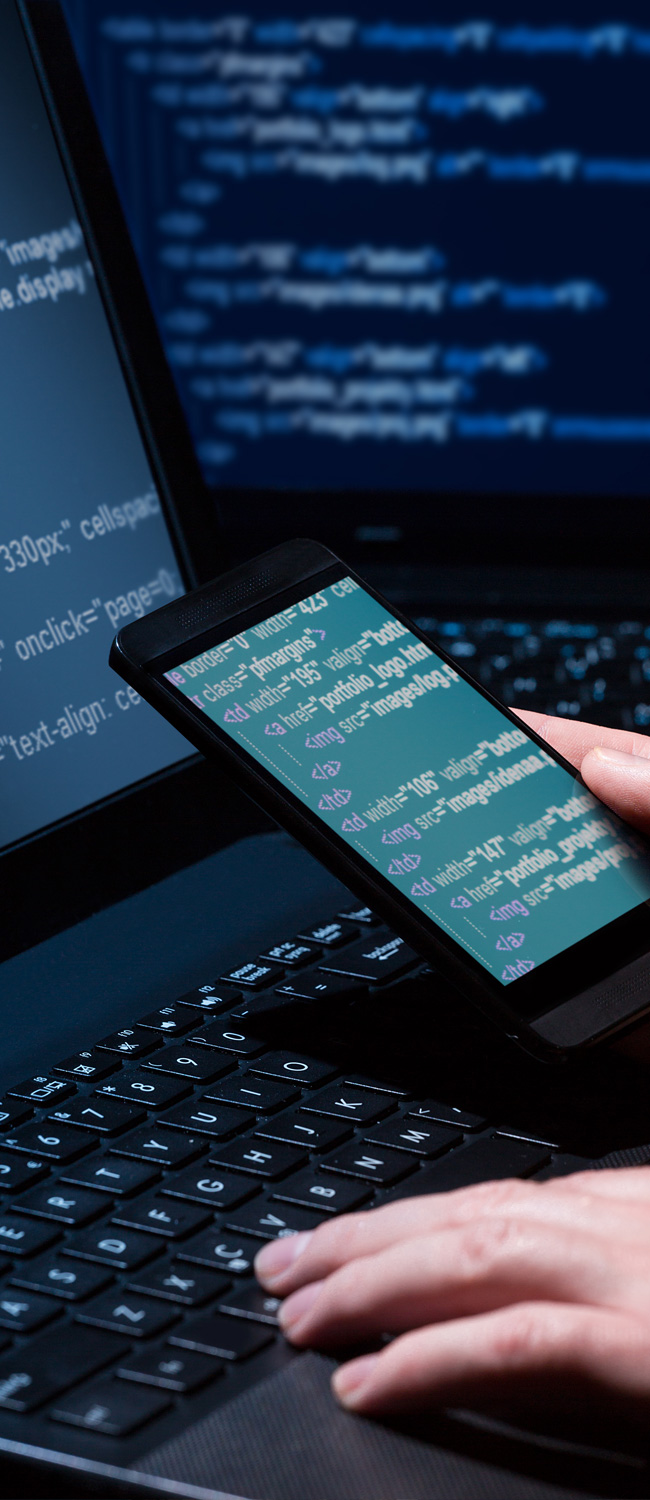Data tokens on this page
Online & On-The-Go: Web & Mobile Security
Online & On-The-Go: Web & Mobile Security
Technology has become increasingly sophisticated. Make sure your security measures can keep up by reviewing your web browsing and mobile phone practices. You never know what actions might leave you vulnerable to identity theft. Don’t know where to begin? We can help. There’s only one you, and these tips will help keep it that way!
Security Tips
- If you install apps and features containing sensitive information, like bank accounts, credit cards, healthcare records, and tax statements, always update to the latest operating software and maintain strong passwords.
- Avoid mobile apps that require permissions and insist on requiring unnecessary personal information. Sensitive data usually isn’t required but, when it is, make sure the app is verified and user-approved. You can do some research by scanning user reviews online and searching for proof of authenticity.
- If you have bank apps on your phone, always log out of these accounts after using them. It’s tedious, but it’s worth it.
- It’s always exciting to find free Wi-Fi, but, sadly, it almost always means the connection is unsecured. Be careful with public networks, especially when accessing information like banking and credit card details.
- Those small cellphone screens may make it hard to detect an illegitimate email. That’s all the more reason to slow down and evaluate any message you receive. Not sure what to look for? Click here and we’ll tell you.
- When browsing the web, be careful to avoid unfamiliar links and instead enter URLs manually. If a link doesn’t include “https” or the lock symbol in the search bar, then it’s simply not secure. This is a red flag for a potentially fraudulent site.
- The physical security of your phone is also important. If you’re in a crowded public space, keep your phone in a safe spot like your purse, pocket, or attached to you or a bag via a safety clip or lock. While it may not be the most convenient, this solution can prevent a thief from grabbing your phone out of your hands before you realize what’s happening. It’s always smart to be aware of your surroundings.
- If your phone is lost or stolen, there are several preventive security measures you can put in place beforehand so the damage is well…less damaging. Always enable an access password to unlock your phone. Whether this is a code, fingerprint, or face recognition, it can stop or slow the rate at which the thief can access and transfer your information. If your phone is officially gone, there are ways to remotely wipe your phone data so the damage is even less severe.
- Malware can also apply to smart phones, so be cautious of what files you download and what links you click on. This is especially true for applications that monitor your sensitive information such as travel plans or online passes.
- While marketers may try to convince you otherwise, there is a security difference between Apple and Android phones. While apps on Apple’s Appstore are vetted and secure, Android unfortunately can’t guarantee the same level of protection. Some apps that are blocked on Apple are available through Android, so double check you have the correct app before downloading it.
- It’s tempting to delay software updates, but try to install them as soon as they become available. The software versions are created for a reason, and they usually include security upgrades.
- If you sell or trade-in your phone, be sure to either wipe the data clean or pay for an outside vendor to erase it.


